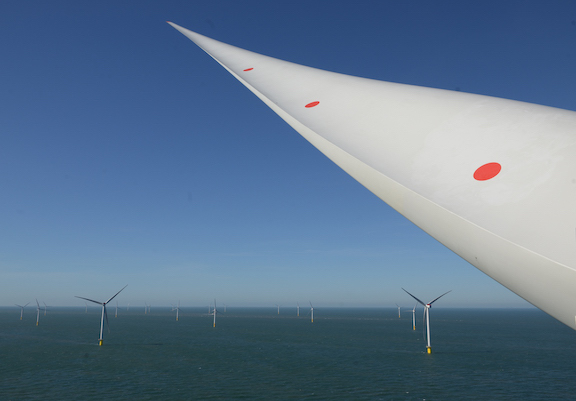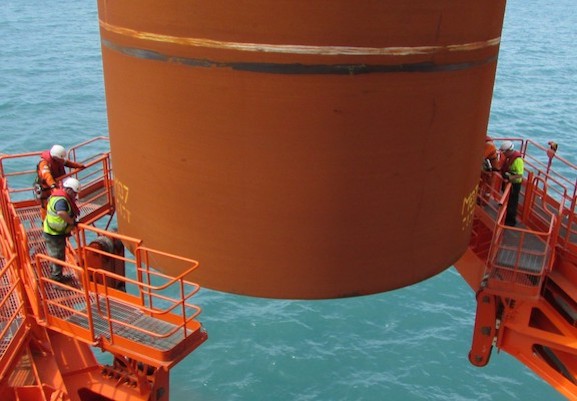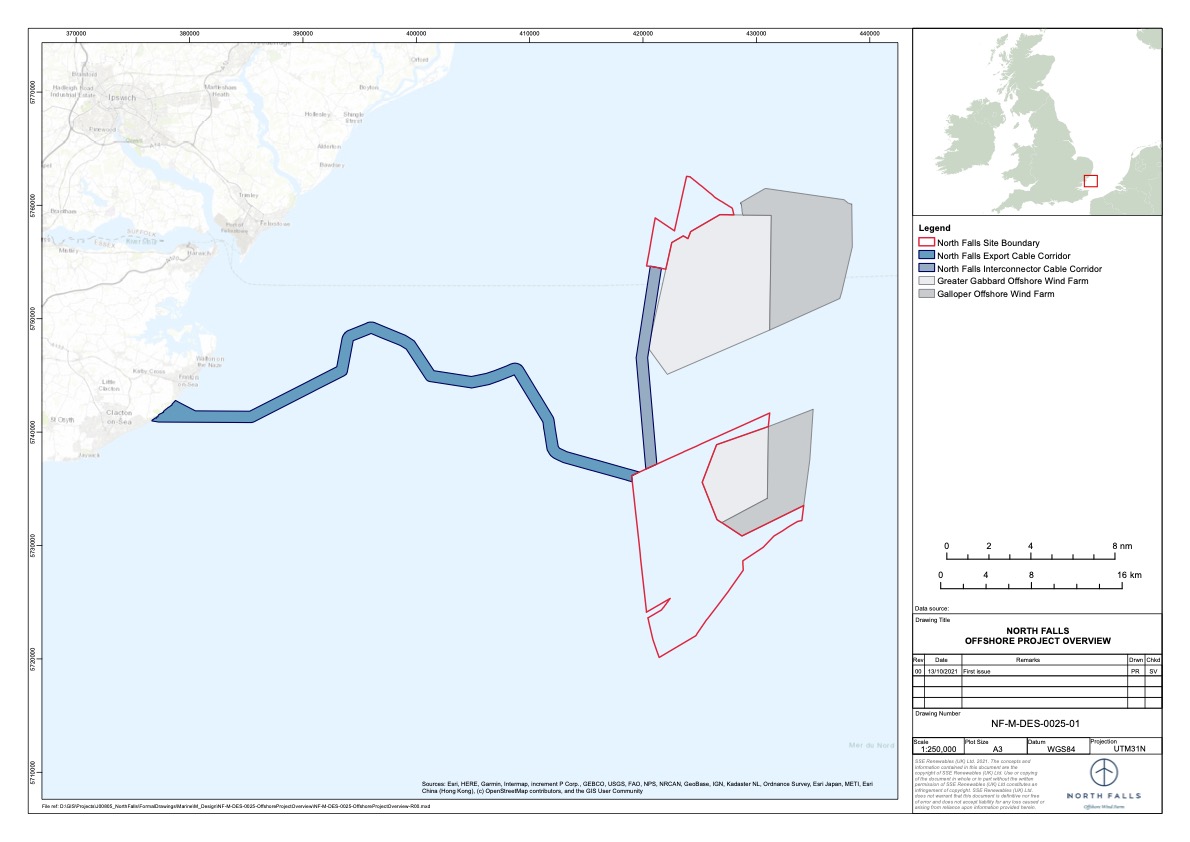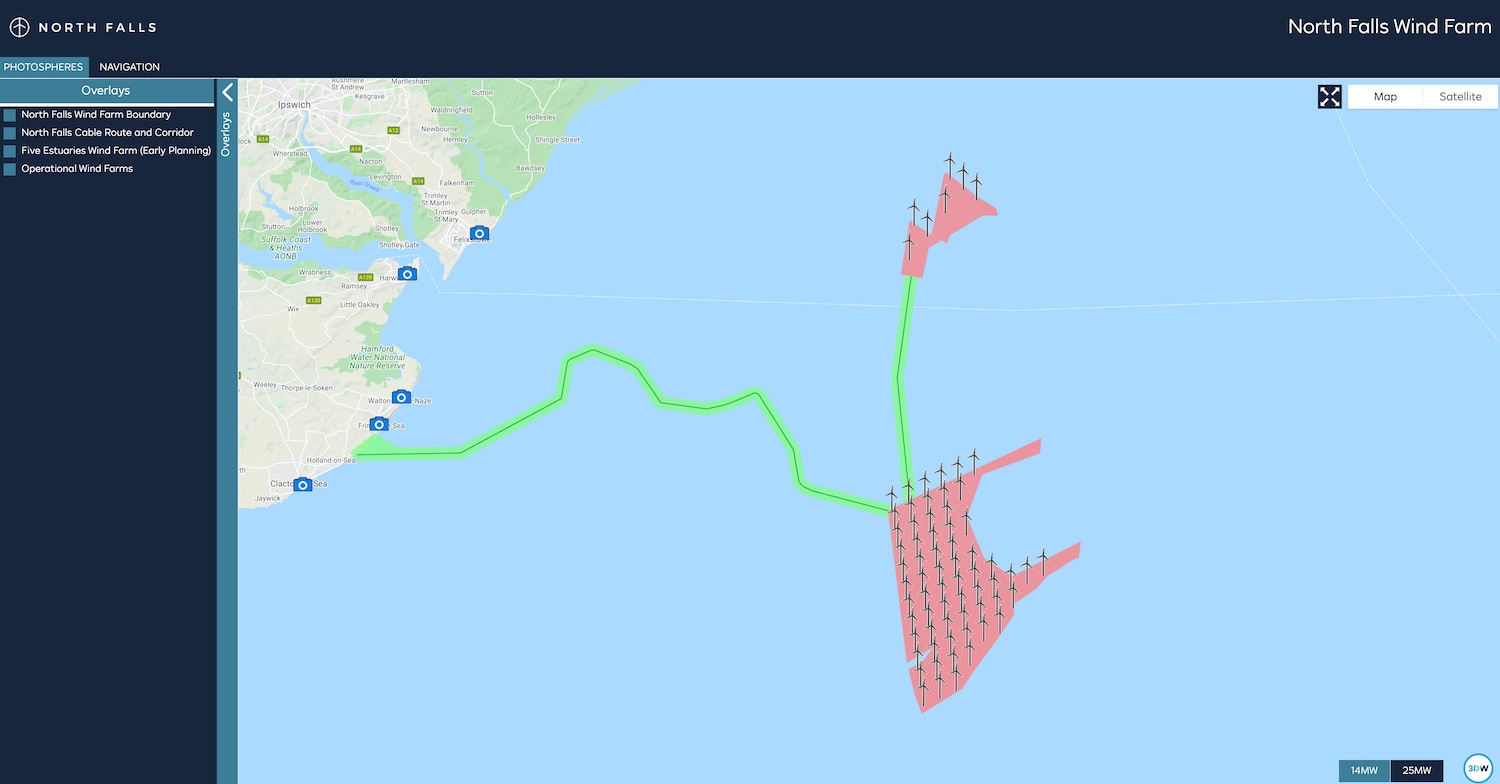The information on this page was correct at the time of publishing (December 2022). The project has since evolved and we would encourage you to read our September update for more information.
The Project
The project description for North Falls will be developed as work progresses, taking into account inputs from the scoping opinion, preliminary environmental information report (PEIR) and ongoing engineering and survey work and feedback from our consultations.
At this stage we can give a high level summary of its key components; offshore array, proposed offshore cable route and landfall, and an onshore area of search. As the onshore grid connection - where the project will connect into the national grid - is still to be determined by National Grid, we do not yet know the location of the project's onshore infrastructure. This means the route of the onshore cables and site of the onshore substation are not yet known, although North Essex is the most likely location.
Key Components
North Falls will comprise a number of wind turbines on foundations, with array cables connecting them to up to two offshore substations. Marine export cables will bring the power to shore, while onshore cables will carry the power to an onshore substation. From here the power will be transmitted to the national grid.
To view what the wind farm could look like we have prepared this 3D interactive model with viewpoints from onshore locations. The model features the potentially smallest and largest turbines in our scoping report, so you can compare the difference in potential visual impact by switching between the screens. Please read the instructions to ensure you get the most out of the model.
Turbines
As turbine technology is likely to evolve between now and the possible start of construction for North Falls, we are looking at a range in terms of size and number installed. The project has the potential for up to 71 turbines, each comprising tapered tubular towers and three blades attached to a nacelle housing mechanical and electrical generating equipment.
Up to 71
Number of wind turbine generators
150km2
Array areas coverage
337m
Maximum rotor diameter
397m
Maximum rotor tip height
22.5km
Distance to shore (closest)
Foundations
Each turbine and the offshore substation(s) will sit on top of a foundation. The type and design of foundations will be informed by site investigations and a procurement process, after the project has been consented. They may be: monopiles; jackets on pin piles or on suction caissons, or gravity base structures.
Offshore Electrical Infrastructure
This will comprise the array cables between the turbines, offshore substation(s) and the export cable bringing the power to shore.
The maximum length of array cabling for North Falls is estimated to be 228km with the design across both the north and south sections. The overall turbine and array layout will be finalised post-consent. Likewise the location and design of the offshore substations will also be finalised during the design phase of the project.
55km
Provisional offshore cable route length
Up to 4
Maximum number of offshore export circuits
0.5 - 3m
Target minimum cable burial depth where buried
2
Maximum number of offshore substation platforms
228km
Maximum estimated length of array cables
Onshore Electrical Infrastructure
The onshore elements of North Falls will comprise buried cables carrying the power from the landfall point to a new onshore substation, which then transforms the electricity so it can enter the national grid via another substation to be constructed by National Grid. From here it will be delivered to the end users: homes, businesses and industry.
Horizontal directional drilling
Proposed landfall installation method
High voltage alternating current
Electrical connection type
1
Number of onshore substations
Up to 70m
Maximum onshore cable route width during construction
200m x 250m
Maximum onshore substation footprint
18m
Maximum onshore substation height



